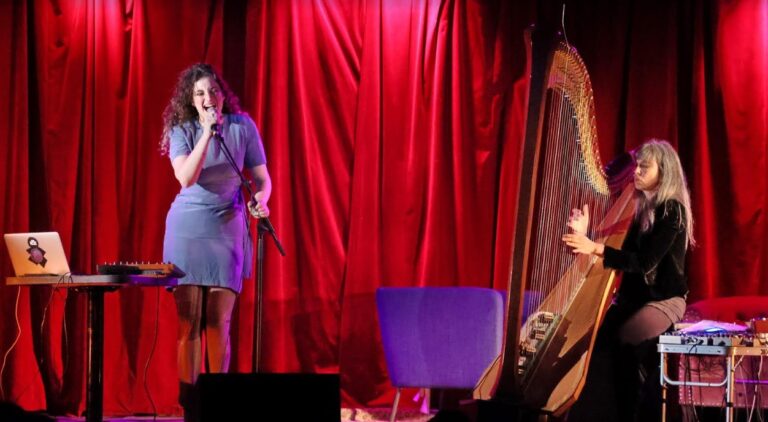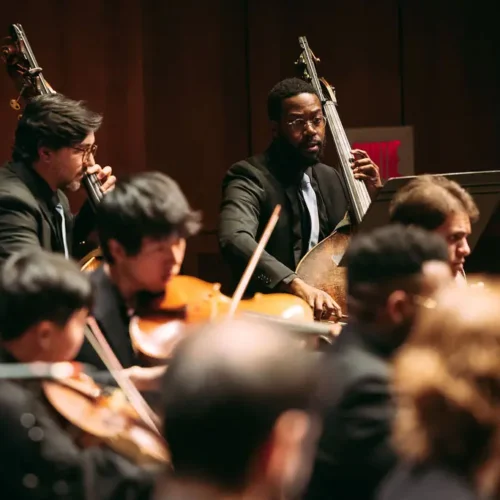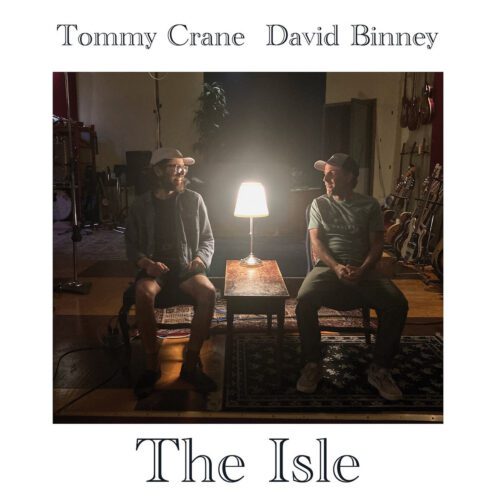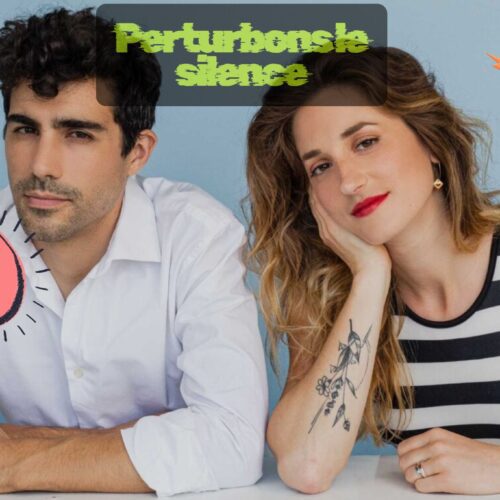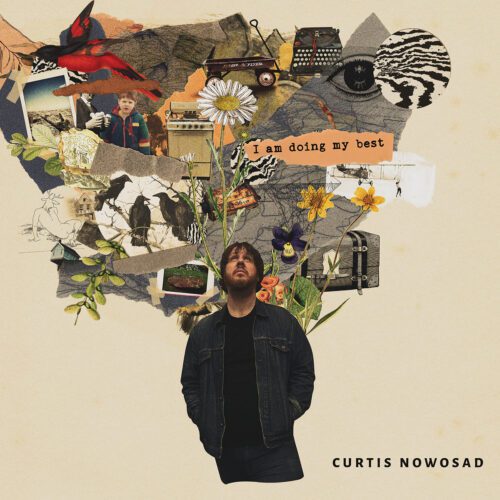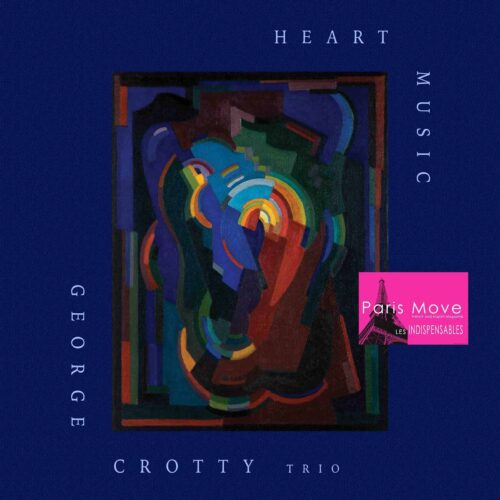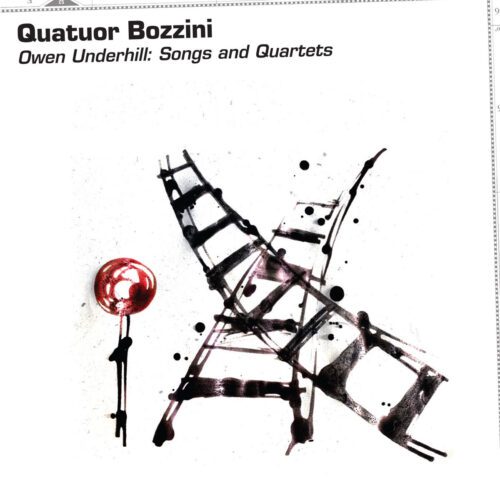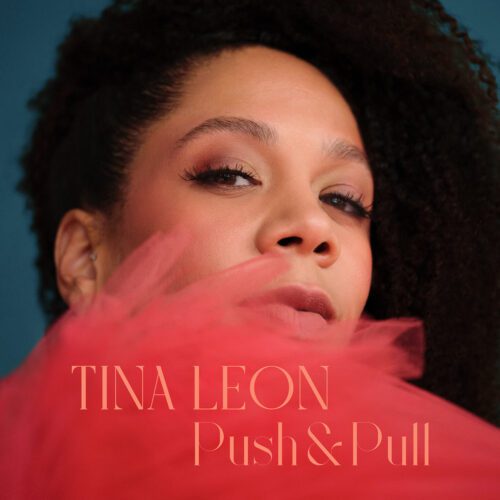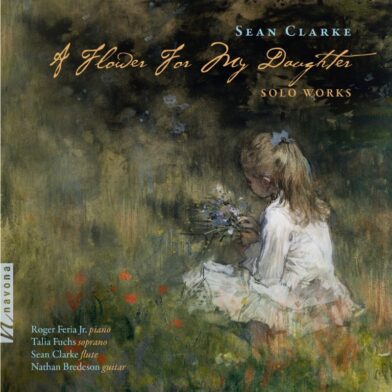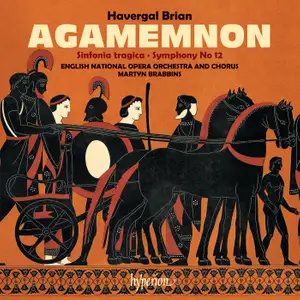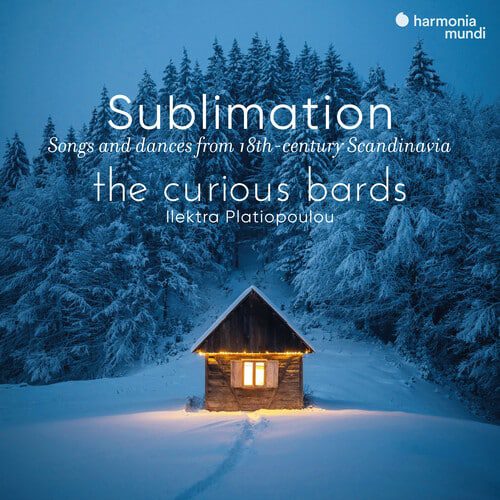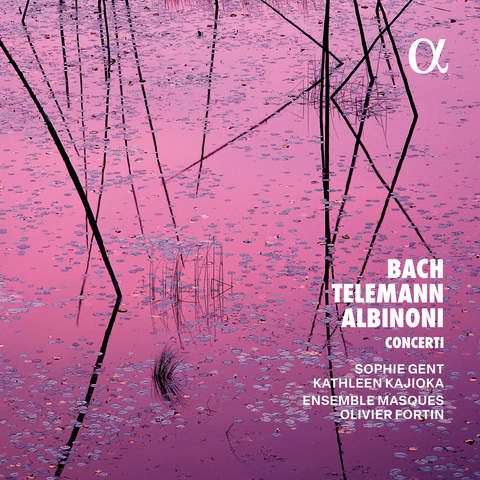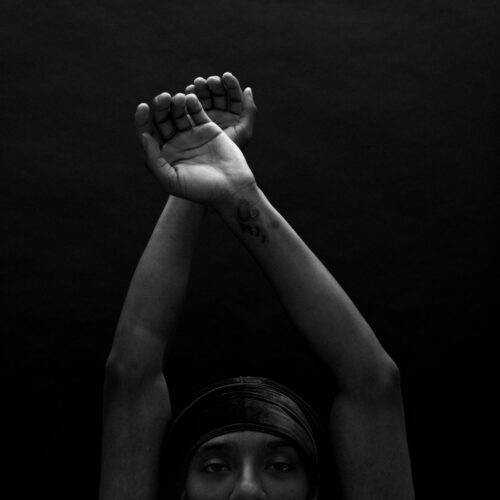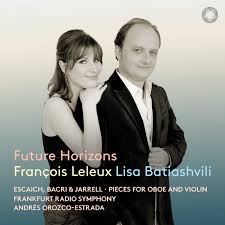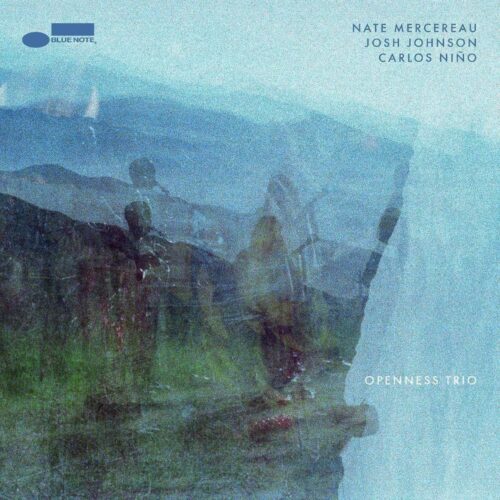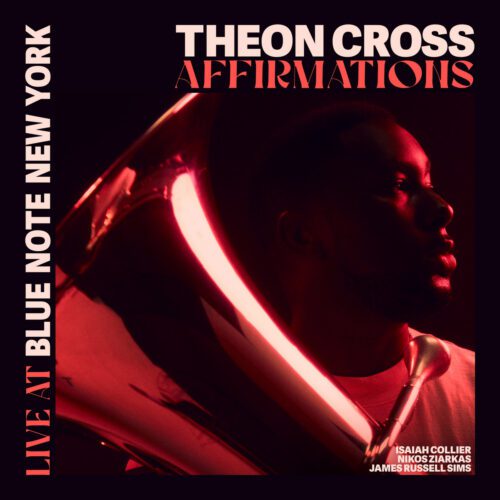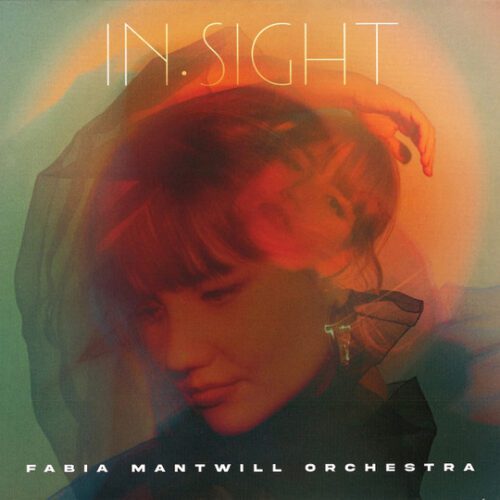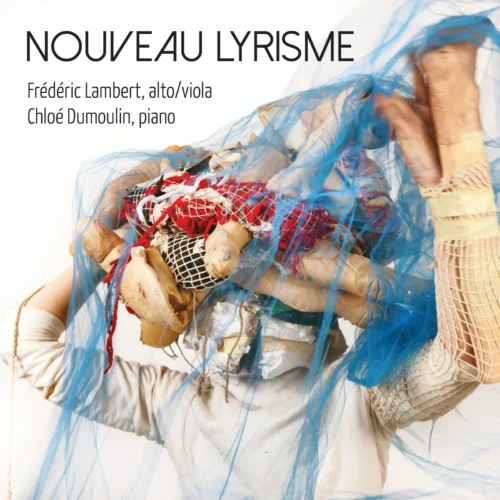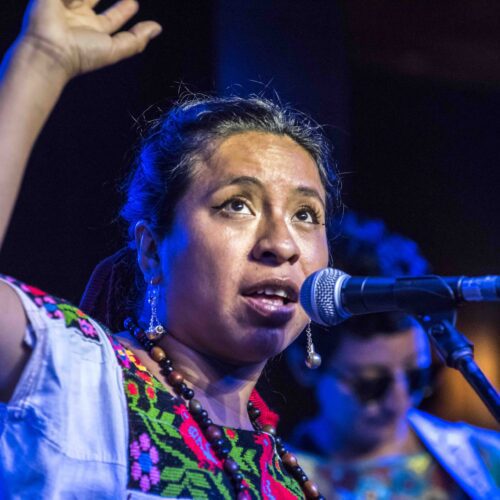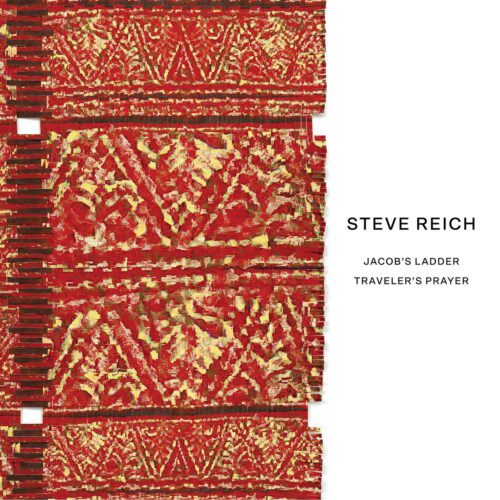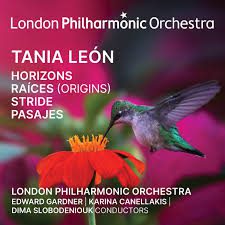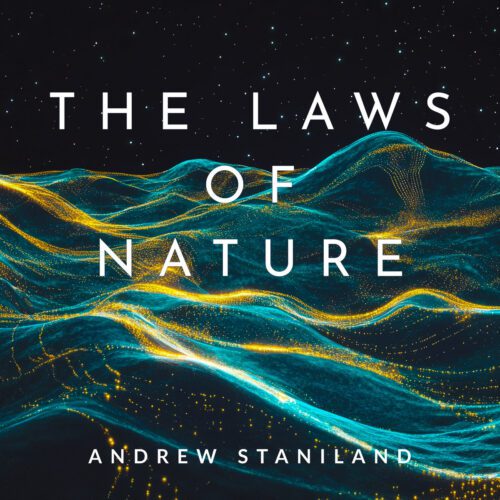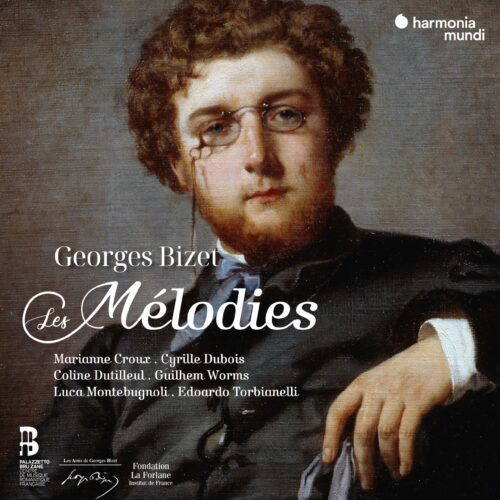The Suoni Per Il Popolo festival may present three or four concerts each evening, but on a Thursday evening in June, a packed Sala Rossa was ready to welcome two hours of contemporary music. In the case of both proposals, they were premieres, and it was the excitement of discovering the new projects of these renowned artists that brought everyone together. Such enthusiasm for innovative music is to be welcomed, and confirms the relevance of the No Hay Banda series of events.
Sarah Davachi: No Hay Banda performs Three Unisons for Four Voices.
The shimmering sound of the vibraphone notes played with the bow had barely joined the spun sounds of the strings when the ensemble suddenly had to stop playing. The interruption was caused by the violinist feeling unwell, and she unfortunately had to withdraw from the concert to regain her strength. We had then heard no more than five minutes of minimalist music, moving very slowly and gently.
Following this false start, a few minutes passed without the crowd really knowing what was going on. Pianist Daniel Áñez was soon able to announce that the concert would resume with a substitute violinist, Clemens Merkel of the Quatuor Bozzini. A mere spectator, the musician offered to play Sarah Davachi’s work at a moment’s notice, much to everyone’s relief. The ensemble then got down to work and restarted their performance of the 70-minute piece.
A little deciphering of the work’s title helps us understand how it works. On the one hand, the ensemble of six performers was divided into four instrumental groups: strings, winds, percussion and ondes Martenot (and electronics!). The voices interacted with each other by playing the same musical material (hence the idea of unison), but with individual freedom of execution. A sequence of notes had to be played in a given time, but the writing was not rigid as to how the performer would get there. In this way, the piece was structured by a chronometer, with precise timings determining its progression.
Perceptually, the work seemed to emerge from silence, then rise in density and intensity for half an hour or so, then calmly descend into nothingness. To appreciate such music, one had to be attentive to the micro-details – the subtle harmonic changes generated by the improvisational element. The effect was comparable to that of a massive drone whose harmonics had been skilfully orchestrated, in the manner of spectral music à la Gérard Grisey or Tristan Murail.
Unfortunately, the beloved Sala Rossa may not have been the best place to immerse oneself in this type of listening. Between floor creaks, chair squeaks and bar action, it wasn’t easy for the instrumentalists to monopolize the sound space. As a result, the audience’s selective listening was seriously challenged, which didn’t help to plunge fully into the musical proposition. A possible compromise would have been to amplify the instruments so that they enveloped the space more fully. All in all, Three Unisons for Four Voices was an invitation to plunge actively into the sound material, which the ensemble communicated with brio. We only regret the acoustic constraints that somewhat mitigated the immersive effect the work could have had.
Nadah El-Shazli + Sarah Pagé
While not the artists’ first collaboration, the unusual duet between Egyptian singer Nadah El-Shazli and harpist Sarah Pagé is still a fresh offering. Pagé had indeed recorded harp on El Shazly’s 2017 album Ahwar, but the two artists’ collaborative concerts are more recent than that.
The performance contrasted sharply with the first part of the concert, to say the least. The songs were full of energy and moved along at breakneck speed. El-Shazli’s Arabic lyrics and traditionally-inspired vocals, modulated with live processing and complemented by sampling, combined in a tasty, novel rendering. The singer’s mastery of vocal ornamentation brought out the modal colors of her melodies.
But what was most impressive was the variety of vocal techniques she employed. El-Shazly moved easily from a strong, full-bodied vocal projection to a more vulnerable voice with very little breath. What can we say about the few screams she let out towards the middle of the show? The singer also used the microphone creatively, to create dramatic effects. The further away the microphone was, the less processed El-Shazby’s voice became, allowing her to make skilful modulations of timbre and volume. She also ended one piece singing a capella, abandoning amplification for a goosebump-inducing moment.
Sarah Pagé was not to be outdone, well equipped with her amplified harp and an arsenal of effects pedals. In the course of her performance, the harpist traversed a wide range of playing modes, extended techniques and types of sound processing. Her performance was totally dynamic, moving fluidly from fast articulations to delay playing, bowed spun sounds and plucked chord ostinatos. Exemplary, Pagé once again confirmed the great versatility of his artistic practice.
All in all, the interplay between El-Shazly’s vocals and Pagé’s strings was a successful rendezvous. The performance seems to have been composed mainly of original music, although at least the last piece of the concert ‘Mahmiya’ was taken from El-Shazly’s solo album. In any case, we look forward to hearing a duo album from these two artists.
Photo by Pierre Langlois
